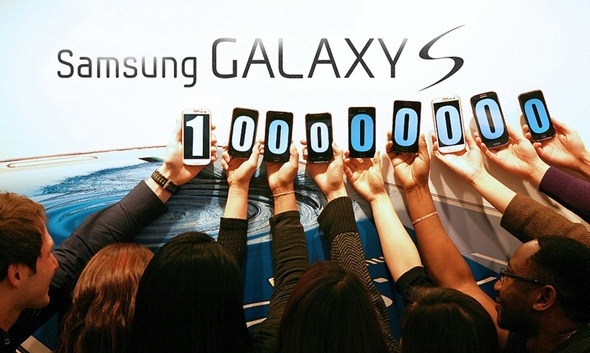The Galaxy S III handset may be the current darling of the Android world, with more than 190,000 units a day flying off the shelves. But it seems that the South Korean company’s current flagship device is just one part of a range of devices that have proved to be extremely successful for the company in the last 30 months. The company has announced that the accumulative sales of their Galaxy S range of devices has now surpassed 100 million units sold.
The latest model in the range, the Galaxy S III, managed to shift 1 million units during its first fifty days of availability after being introduced to the Android market in May of 2012. Samsung is widely expected to announce the successor to that device in the very near future, but for the time being it remains a competitor for most successful S series device in the family, with over 40 million units sold in the 7 months that it has been available for general sale.
Samsung themselves are more than aware that although the S III has proved to be a smash-hit in the Android community, but it was the power and success of the Galaxy S II that really managed to put them in the industry leading position that they find themselves in today. Although it could soon find itself being two device generations old, the S II is still managing to delight users with its powerful feature set and declining price and has managed to surpass 40 million units sold.
It’s evident that the Galaxy S II and S III have proved to be the two main driving factors behind Samsung reaching the extremely enviable sales figure. The Galaxy S III sales figures paint a rather attractive picture when you look at the 40 million devices sold, but what is even more impressive is the fact that a quarter of those sales have come in the last 60 days with no signs that sales are going to slow down. It’s also highly impressive that consumers are still snapping the S III up at an average rate of 132 units per minute according to Samsung’s figures.
So there we have it. Users are still reacting extremely positively to Samsung’s Galaxy S devices. With the Galaxy S IV announcement likely to be just around the corner it will be extremely interesting to revise these figures in 12 months time to see what impact the latest device in the series will have.
(Source: SamsungTomorrow)
You can follow us on Twitter, add us to your circle on Google+ or like our Facebook page to keep yourself updated on all the latest from Microsoft, Google, Apple and the web.

